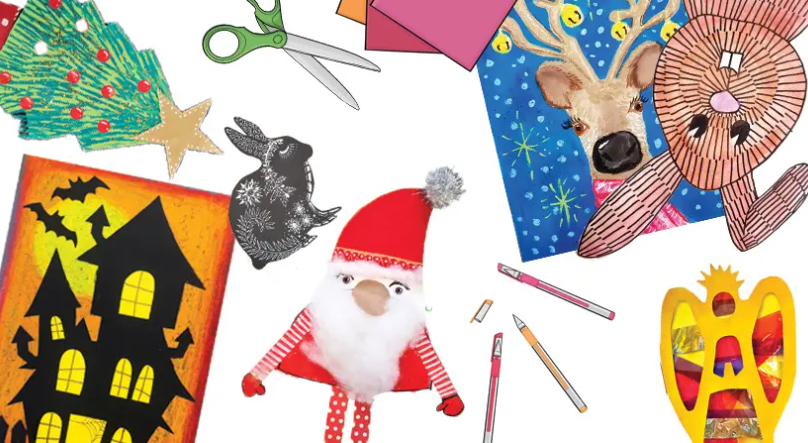Art education is an integral part of the curriculum, fostering creativity, critical thinking, and self-expression among students. As an art teacher, crafting effective lesson plans is essential to engage and inspire your students while meeting educational standards. In this comprehensive guide, we’ll delve into strategies and tips for designing lesson plans for art teachers that captivate learners and promote artistic growth.
Understanding Your Students’ Needs
Before diving into lesson plan creation, it’s crucial to understand your students’ interests, skill levels, and learning styles. Conducting a needs assessment enables you to tailor your lesson plans to meet the diverse needs of your classroom. Consider incorporating visual surveys, one-on-one discussions, or artistic assessments to gauge your students’ preferences and abilities effectively.
Setting Clear Objectives
Clear objectives lay the foundation for successful lesson plans. Define specific learning outcomes that align with curriculum standards and cater to your students’ developmental stage. Whether you aim to teach technique, art history, or creative exploration, articulate measurable goals that guide your instruction and assess student progress.
Incorporating Diverse Art Forms
Diversity enriches the art classroom experience, exposing students to a range of artistic styles, mediums, and cultures. Integrate diverse art forms such as painting, sculpture, digital art, and mixed media into your lesson plans to spark creativity and broaden students’ artistic horizons. Explore multicultural perspectives and contemporary artists to foster cultural appreciation and global awareness.
Engaging Hands-On Activities
Active participation is key to effective art education. Design hands-on activities that encourage experimentation, collaboration, and self-expression. From still life drawing to collaborative murals, provide opportunities for students to explore, create, and reflect on their artistic process. Incorporate peer critiques and self-assessment to promote critical thinking and artistic growth.
Integrating Technology and Innovation
In today’s digital age, technology offers exciting opportunities to enhance art education. Integrate digital tools such as graphic design software, digital painting apps, and virtual reality into your lesson plans to engage tech-savvy students and explore new creative mediums. Embrace innovation while preserving the traditional foundations of artistic practice.
Cultivating Creativity and Expression
Art education empowers students to express themselves authentically and cultivate their unique artistic voice. Create a supportive learning environment that nurtures creativity, risk-taking, and self-discovery. Encourage personal reflection, creative exploration, and artistic experimentation to ignite students’ passion for art and self-expression.
Fostering Collaboration and Community
Collaboration fosters a sense of community and shared learning within the art classroom. Incorporate collaborative projects, group critiques, and peer feedback into your lesson plans to promote teamwork and interpersonal skills. Celebrate students’ diverse perspectives and contributions while fostering a supportive creative community.
Assessing Student Progress
Assessment is an integral part of the teaching and learning process. Develop formative and summative assessments that align with your lesson objectives and provide valuable feedback to students. Utilize rubrics, portfolios, and student reflections to assess artistic growth and mastery of skills effectively.
Reflecting and Adapting
Continuous reflection and adaptation are essential for effective art teaching. Regularly evaluate the effectiveness of your lesson plans and instructional strategies based on student feedback and assessment data. Embrace flexibility and innovation as you refine your teaching practice to meet the evolving needs of your students.
In conclusion, crafting lesson plans for art teachers requires careful consideration of students’ needs, clear objectives, diverse art forms, engaging activities, and ongoing reflection. By fostering creativity, collaboration, and self-expression, art teachers play a vital role in nurturing the next generation of artists and innovators.
